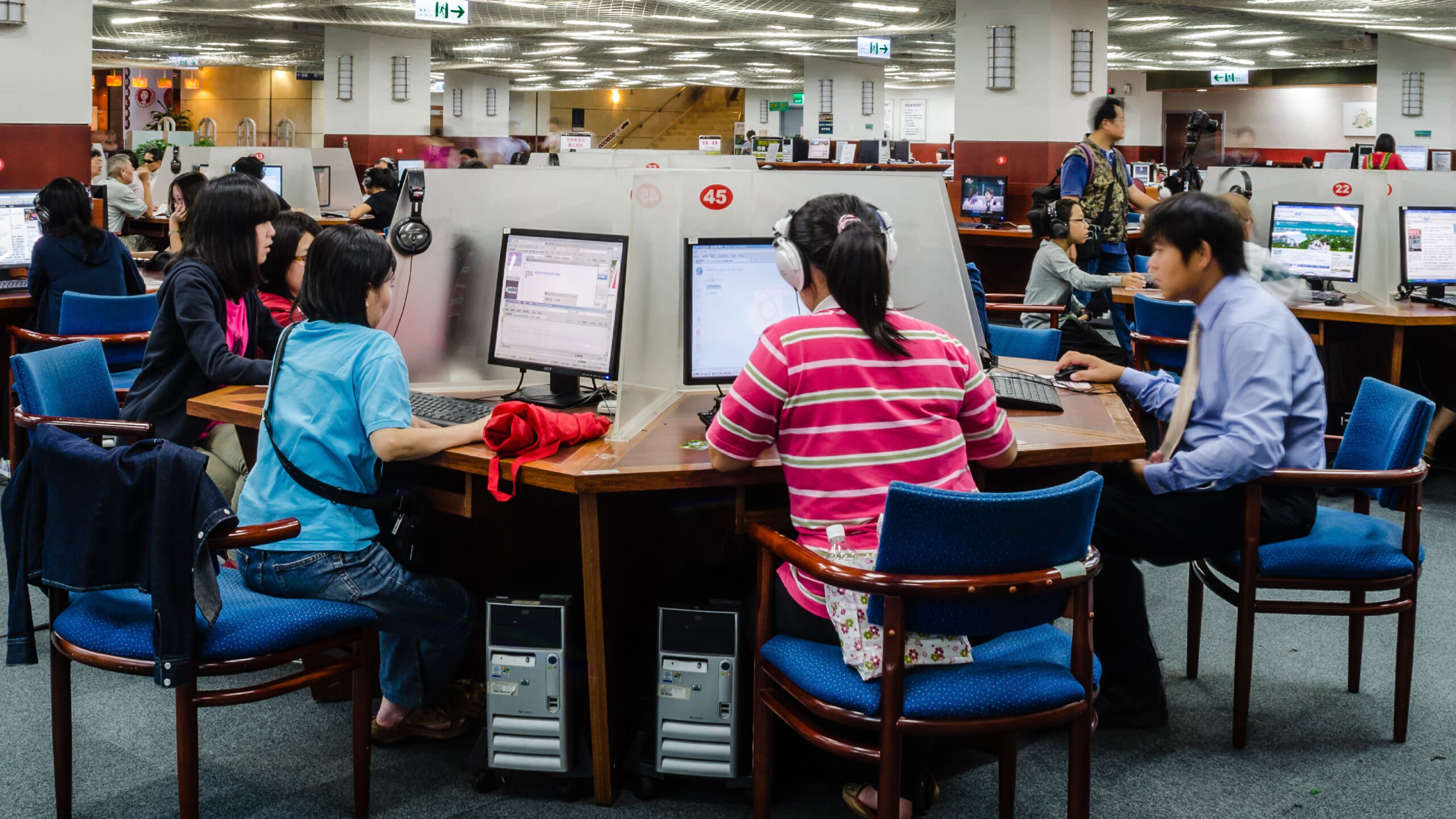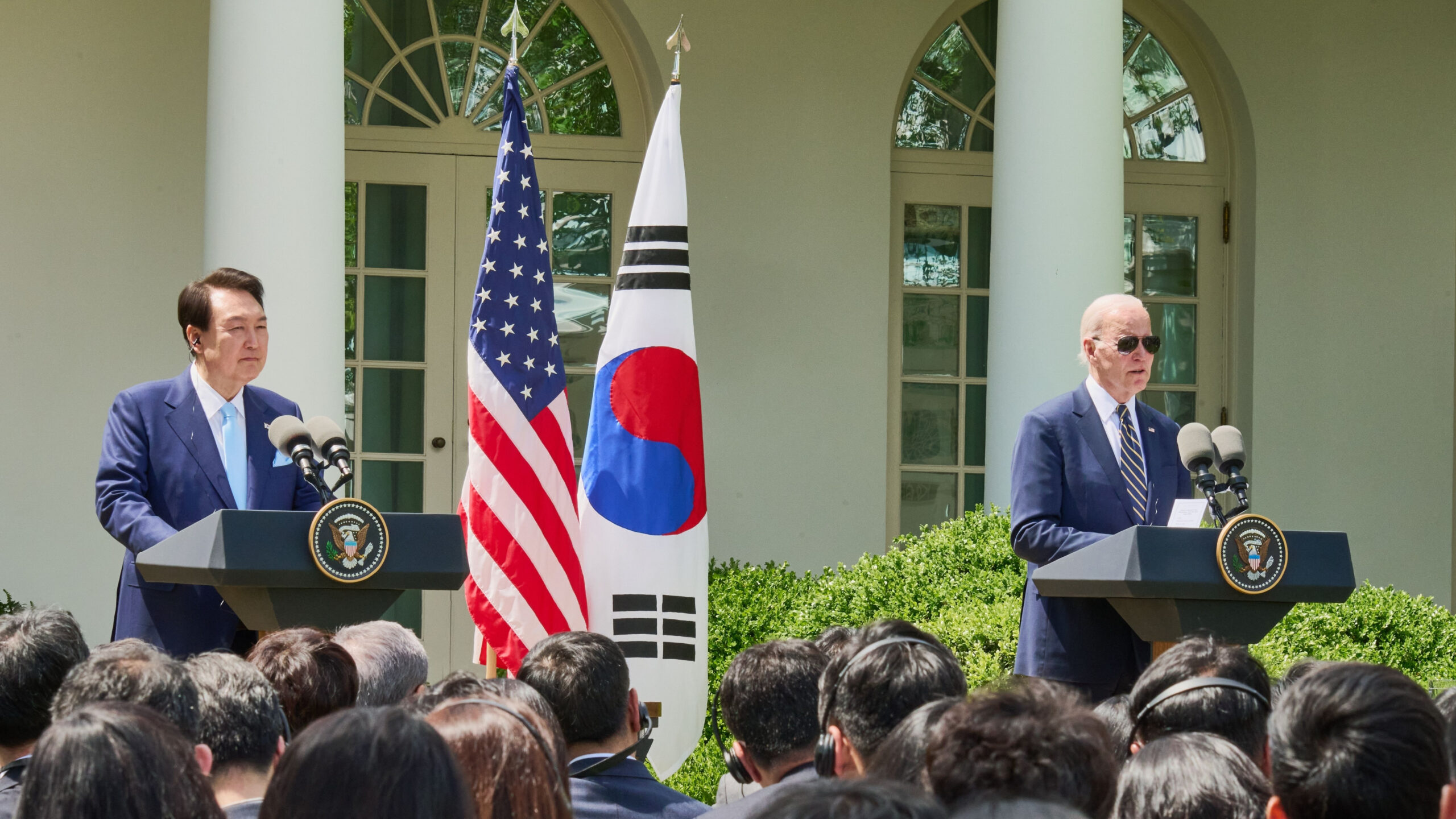Disintermediated Press Writes About Being Disintermediated
Yesterday, POLITICO wrote about its disappointment with the Obama White House for its media strategy in comparison to past administrations, citing complaints from longtime members of the DC press corps. This is a classic theme at DisCo — incumbents and legacy interests being frustrated by disintermediation or disruption, often enabled by new technology. Here, the press is being partially disintermediated, because their channels are no longer the exclusive way that people learn about what is going on at the White House. The White House and the press previously shared a more symbiotic relationship: the White House traded access to information in exchange for the press providing a media platform by which the Administration could reach the public. This relationship has been complicated with the appearance of new communications platforms, such as social media, which decrease the White House’s need to rely on traditional channels. The press still benefits when Administration personnel share information (or it is leaked), but the experienced DC press corps are far less likely to be first or have exclusive access, and thus are no longer consistently the first source people go to for information on the White House.
Although the press’s role as a gatekeeper of information has been and continues to be undercut, there are many positive consequences from this. The President can directly reach the public via social media, and informing the public is the ultimate goal of the press and government. His official Twitter and Facebook accounts share personal photos, videos, and quotes, without needing to be filtered by an intermediary. Additionally, Obama has opened himself up directly to questions from the public on Reddit and in Google Hangouts, such as last week, when he took challenging diverse questions, including on patent trolls. While one of the critiques in the POLITICO piece was that Obama does not face media scrutiny as much and is thus not subject to challenging, politically astute questions, the DC press corp is also unlikely to ask the president about more technical issues like patent trolls, because patents, it is assumed, don’t interest most of their readers.
POLITICO, the outlet that published this piece, is not exactly a neutral observer on the merits of the Administration’s direct-to-the-public strategy, because it’s their turf to lose, in terms of the redistribution that results. On further reflection, much of the quotes, data, and arguments made in support of their points actually seem to disprove them. Below are a few excerpts that were supposed to be bad things but actually sound like good things:
“There’s no question that technology has significantly altered the playing field of competitive journalism,” said Josh Earnest, principal deputy White House press secretary — and the voice of “West Wing Week,” produced by the administration.
Technology and innovation, whether incremental or disruptive, often make legacy incumbents have to work harder to compete, which is a good thing for the public, as prices go down and quality goes up. I’m not sure if that was supposed to be a negative observation; it sounds good to me.
One authentically new technique pioneered by the Obama White House is extensive government creation of content (photos of the president, videos of White House officials, blog posts written by Obama aides), which can then be instantly released to the masses through social media. They often include footage unavailable to the press.
The beneficiaries of the White House’s direct-to-the-public strategy were quick to defend it. As Gawker’s John Cook tweeted: “Datapoint Politico deploys in effort to prove Obama WH is least transparent in history: They release too many photos.”
“White House handout photos used to be reserved for historically important events — 9/11, or deliberations about war,” Kraft said. “This White House regularly releases [day-in-the-life] images of the president … a nice picture of the president looking pensive … from events that could have been covered by the press pool. But I don’t blame the White House for doing it, because networks and newspapers use them. So the White House has built its own content distribution network.”
Again, see Cook’s point from above. It seems contradictory for members of the press to be complaining that the White House is releasing too much content, while at the same time not being transparent. The press is just as free to do reporting based on this non-exclusive content. In reality, the article seems to be equating “transparent” to “transparent to just us” because Politico reporters are not always able to ask the hard-hitting questions that they think need to be asked. (To controvert this, yesterday Cook also tweeted every question (even the many relatively inane ones) that Mike Allen, one of the authors of the POLITICO piece, had asked George Bush in a 2008 interview, to challenge Allen’s point that Obama avoids POLITICO reporters because they “ask tough, unpredictable questions.”)
Obama gives frequent interviews (an astonishing 674 in his first term, compared with 217 for President George W. Bush), but they are often with network anchors or local TV stations, and rarely with the reporters who cover the White House day to day.
Wait, so Obama’s not just giving interviews directly to diverse reporters to reach diverse audiences, but he’s doing more than three times the amount of his predecessor? That sounds like he’s being pretty transparent and accessible to the media.
The results are transformational. With more technology, and fewer resources at many media companies, the balance of power between the White House and press has tipped unmistakably toward the government.
Come on, that is just wrong. The balance isn’t between the press and the government. Rather, it’s between the government and the public, with the press in between. And now it’s just not necessary to have the press in the middle. The balance is really tipped toward the public, who gets more access and information than ever before.
This is all just classic disintermediation, where certain roles simply aren’t essential anymore. Recording artists used to need record labels to pay people to disseminate content and build buzz: now, many artists do that directly to their fans thanks to a myriad of online tools. People used to need travel agents to book flights, but now the Internet enables people to be their own travel agents. The White House once depended upon the DC press corps to spread its message, but now it can do that for itself.








